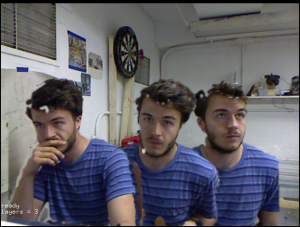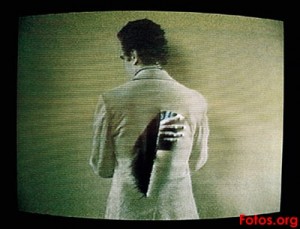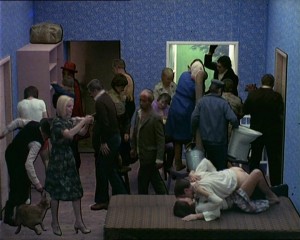“Tango” by Alex Rothera | IACD 2012 Final Project
Abstract:
As over-stimulated and over-scheduled individuals, we constantly exist alone in overpopulated physical space. My work looks to populate spaces with people from separate moments in time.
Summary:
This software is a tool for spatiotemporal interlocking performances. Using a Microsoft kinect, my software examines the movement of performers in a common physical room. The software looks to place as many people as possible in one room without colliding with one another. The Kinect camera records video footage of cutout individuals to place in the space. The recordings are from different shots but can be combined into a room where no person runs into one another.
Using commonplace technology such as an IR camera we can easily understand our body in physical space. Separate from physical space is our existence in Time. It is an existence in time that allows us to relate to one another as people.
[youtube http://www.youtube.com/watch?v=-8Oos2AD_U4&w=640&h=480]
[vimeo https://vimeo.com/42240287]
[vimeo https://vimeo.com/42241042]
Technology:
This was my first project using openFrameworks. I have always previously been using processing. This project utilizes ofxKinect, ofxCv, and openFrameworks.
An early prototype of this same project was made in Processing using Daniel Shiffman’s kinect library, but I quickly realized I had little chance looping video playback while using processing.
What is next:
~Interface to selectively add or delete layers
~Better Layer ordering
~RGBDToolKit (for high resolution output)
~Second Kinect for increase space
~MAKE ART. PERFORM.
Inspirations:
I’ve always been inspired by technological innovation. The artists that have been able to push the bounds of what they have, not necessarily to make projects overly impressive, but to make work fun and expressive. Some of my inspirations are Norman McLaren, Zbigniew Rybczynski, and Peter Campus.





